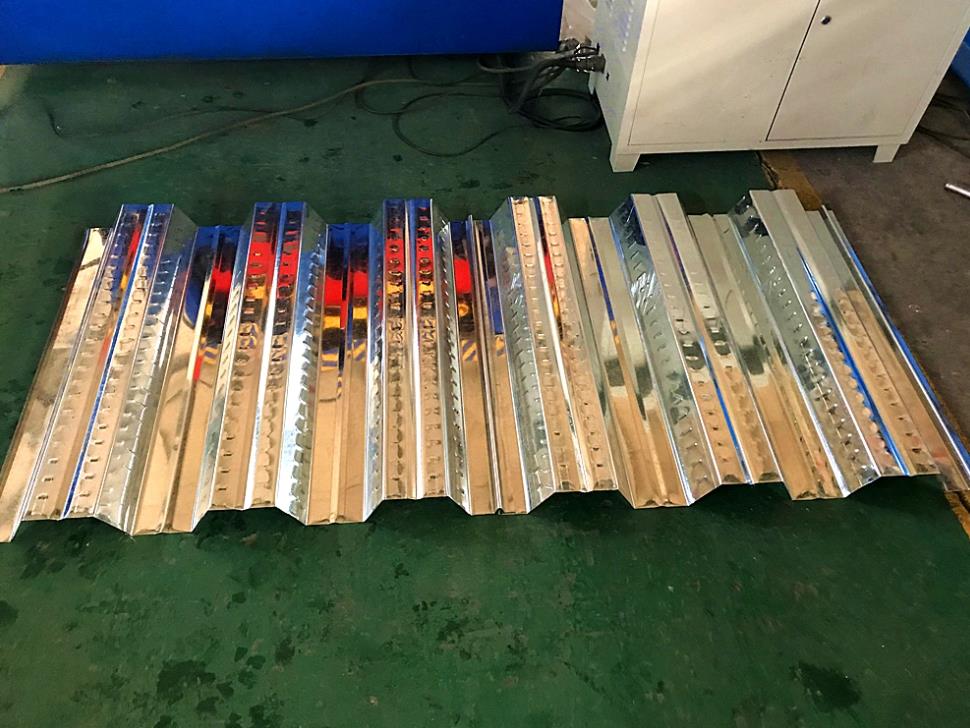High-Performance Slitting Line for Heavy Gauge Materials and Precision Processing
Understanding Heavy Gauge Slitting Lines An Overview
In the manufacturing realm, precision and efficiency are paramount. One crucial process that significantly impacts the metal processing industry is slitting. The heavy gauge slitting line, in particular, has gained prominence due to its ability to handle thicker materials with precision. This article examines the operational mechanisms, applications, benefits, and advancements of heavy gauge slitting lines.
What is a Heavy Gauge Slitting Line?
A heavy gauge slitting line is a sophisticated machine used for cutting wide rolls of metal, also known as coils, into narrower strips of defined widths. The term heavy gauge refers to the ability of the slitting line to process thicker metals, typically upwards of 0.125 inches and sometimes exceeding 0.250 inches in thickness. These machines are integral in producing products used in various industries, including construction, automotive, and appliances.
How Does it Work?
The operation of a heavy gauge slitting line generally involves several key stages
1. Uncoiling The process begins with a coil of metal being loaded onto the uncoiler. The coil is unwound to facilitate movement through the rest of the line.
2. Shearing After passing through the uncoiler, the metal strip moves to the slitting section. Here, circular blades slice the material into the desired widths. The precision of the slitting can be adjusted through the positioning of the blades, ensuring that the cuts meet specific requirements.
3. Re-coiling Once the material has been slit to size, it is then forwarded to the recoiler, where the narrow strips are wound into smaller coils. This step is critical to ensure that the end product is manageable for further handling and processing.
4. Quality Control Throughout the entire process, quality control measures are implemented to ensure that the material meets industry standards. This might include visual inspections, thickness measurements, and tensile strength testing.
Applications of Heavy Gauge Slitting Lines
Heavy gauge slitting lines have a wide array of applications across multiple industries. Their ability to process thick sheets of metal is invaluable in sectors that require durable components. Some of the primary applications include
- Automotive Manufacturing In the automotive industry, heavy gauge metal strips are used to produce chassis, frame components, and structural parts that require significant strength and durability.
heavy gauge slitting line

- Construction Heavy gauge steel strips are often used in construction for structural beams, roofing materials, and various other applications where strength is a critical factor
.- Appliance Production Many large home appliances require heavy gauge metal for components like casings and frames, where structural integrity is essential.
Benefits of Heavy Gauge Slitting Lines
Investing in a heavy gauge slitting line offers several advantages for manufacturers
1. Efficiency These lines are designed for high throughput, allowing manufacturers to process large volumes of material quickly. This helps decrease production times and improve overall operational efficiency.
2. Precision Advanced technology and automated features ensure that slits are accurate, reducing waste and enhancing product quality.
3. Customization Heavy gauge slitting lines can be tailored to accommodate various specifications, allowing manufacturers to produce custom-sized strips that meet specific customer needs.
4. Cost-Effectiveness By enabling the processing of larger coils into smaller strips, manufacturers can optimize material usage and reduce costs associated with waste and inefficiency.
Advancements in Technology
In recent years, technological advancements have further enhanced the efficiency and flexibility of heavy gauge slitting lines. Automation, digital controls, and improved blade design have made these machines faster and more reliable. Cutting-edge software allows for real-time monitoring and adjustments, ensuring consistent quality and performance.
Moreover, with the increasing focus on sustainability, modern slitting lines are designed to minimize energy consumption and waste, contributing to more environmentally friendly production processes.
Conclusion
The heavy gauge slitting line is a crucial asset in the modern manufacturing landscape. Its ability to efficiently and accurately process thick metal materials makes it indispensable for various industries. As technology continues to evolve, heavy gauge slitting lines will likely see further improvements, enhancing their role in manufacturing efficiency and product quality. As industries demand more from their suppliers, understanding the capabilities of heavy gauge slitting lines will empower manufacturers to meet these challenges head-on.
-
Roof Panel Machines: Buying Guide, Types, and PricingNewsJul.04, 2025
-
Purlin Machines: Types, Features, and Pricing GuideNewsJul.04, 2025
-
Metal Embossing Machines: Types, Applications, and Buying GuideNewsJul.04, 2025
-
Gutter Machines: Features, Types, and Cost BreakdownNewsJul.04, 2025
-
Cut to Length Line: Overview, Equipment, and Buying GuideNewsJul.04, 2025
-
Auto Stacker: Features, Applications, and Cost BreakdownNewsJul.04, 2025
-
Top Drywall Profile Machine Models for SaleNewsJun.05, 2025








